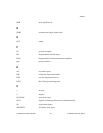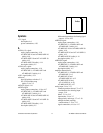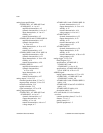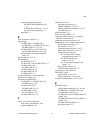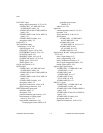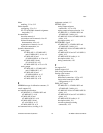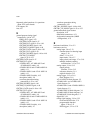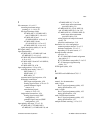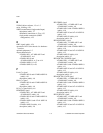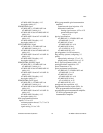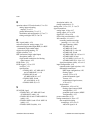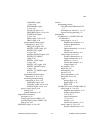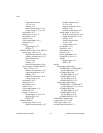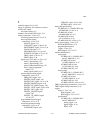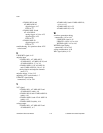
Index
National Instruments Corporation I -11 AT-MIO/AI E Series User Manual
CONVERT* signal,
4-39 to 4-40
EXTSTROBE* signal,
4-33 to 4-34
SCANCLK signal, 4-33
SISOURCE signal, 4-41 to 4-42
STARTSCAN signal,
4-37 to 4-39
TRIG1 signal, 4-34 to 4-35
TRIG2 signal, 4-36
general-purpose timing signal
connections, 4-46 to 4-57
FREQ_OUT signal, 4-52
GPCTR0_GATE signal, 4-47
GPCTR0_OUT signal,
4-47 to 4-48
GPCTR0_SOURCE signal, 4-46
GPCTR0_UP_DOWN
signal, 4-48
GPCTR1_GATE signal,
4-49 to 4-50
GPCTR1_OUT signal, 4-50
GPCTR1_SOURCE signal,
4-48 to 4-49
GPCTR1_UP_DOWN signal,
4-51 to 4-52
programmable function input
connections, 4-31 to 4-32
waveform generation timing
connections, 4-42 to 4-45
UISOURCE signal, 4-45
UPDATE* signal, 4-43 to 4-44
WFTRIG signal, 4-42 to 4-43
types of signal sources, 4-18
floating, 4-18
ground-referenced, 4-18
single-ended connections
description, 4-24
floating signal sources (RSE), 4-25
grounded signal sources (NRSE), 4-25
when to use, 4-24
SISOURCE signal, 4-41 to 4-42
software
programming choices
LabVIEW and LabWindows/CVI,
1-3
NI-DAQ driver software, 1-3 to 1-5
register-level programming, 1-5
specifications
AT-MIO-16E-1, AT-MIO-16E-2 and
AT-MIO-64E-3
analog input, A-1 to A-5
amplifier characteristics, A-3
dynamic characteristics,
A-4 to A-5
input characteristics, A-1 to A-2
stability, A-5
transfer characteristics, A-3
analog output, A-6 to A-8
dynamic characteristics, A-7
output characteristics, A-6
stability, A-7 to A-8
transfer characteristics, A-7
voltage output, A-7
bus interface, A-10
digital I/O, A-8
environment, A-10
physical, A-10
power requirements, A-10
timing I/O, A-8 to A-9
triggers
analog trigger, A-9
digital trigger, A-10
RTSI, A-10
AT-MIO-16E-10 and AT-MIO-16DE-10
analog input, A-11 to A-13
amplifier characteristics, A-12
dynamic characteristics,
A-12 to A-13
input characteristics,
A-11 to A-12
stability, A-13
transfer characteristics, A-12
analog output, A-13 to A-15
dynamic characteristics, A-15



